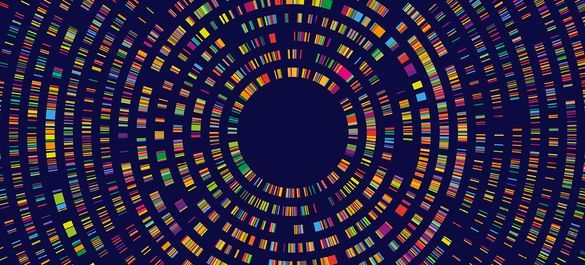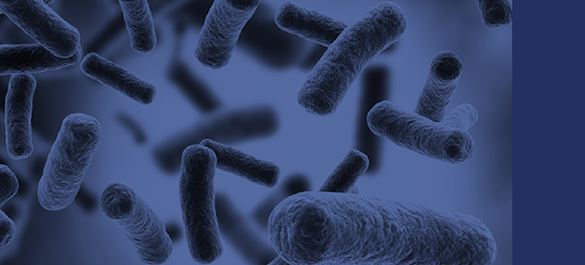What is microbiology?
Microbiology is the study of microbes. Microbes, which are also called micro-organisms, are a group of organisms that are too small to be seen with the naked eye. Despite being even smaller than the human cell, microbes still vary dramatically in size, with most viruses being up to 100 times smaller than the average bacterium. Microbes are the oldest life form on this planet and there is even fossil evidence in Australian rocks of microbial communities living 3.48 billion years ago[1].
Microbes that cause disease are called pathogens. While it might seem that they make up a large proportion of the microbes on our planet, human pathogens account for less than 1% of microbial species[2].
Why does microbiology matter?
Some of the most important discoveries that have underpinned modern society have resulted from the research of famous microbiologists, such as Edward Jenner and his vaccine against smallpox; Alexander Fleming and the discovery of penicillin and Harald zur Hausen, who identified the link between papilloma virus and cervical cancer. In recent years, microbiologists were integral in the response to the emergence of SARS-CoV-2, they mapped its genome, monitored it’s spread and created vaccines to protect us.
By studying small things, microbiologists can answer some big questions which affect many aspects of our lives, from degrading food waste to causing and curing disease. The study of microbes helps us to understand our world and our place within it.
Some of the questions microbiologists are looking to answer:
- Can microbes help solve the climate crisis?
- How do microbes influence climate change?
- How do we prevent the next pandemic?
- How do we tackle antimicrobial resistance?
- Can we predict future disease outbreaks?
- How do our microbiomes influence our health?
- How can microbes impact biosecurity?
- Does microbial life exist elsewhere in the universe?
Introducing microbes
Our work
Image: Protozoa under a microscope iStock/wir0man
[1] Noffke N, Christian D, Wacey D, Hazen RM. Microbially induced sedimentary structures recording an ancient ecosystem in the ca. 3.48 billion-year-old Dresser Formation, Pilbara, Western Australia. Astrobiology. 2013 Dec 1;13(12):1103-24.
[2] Microbiology by numbers [Internet]. Vol. 9, Nature Reviews Microbiology. Springer Science and Business Media LLC; 2011. p. 628–628. Available from: http://dx.doi.org/10.1038/nrmicro2644






